We recently evaluated combining tealights and terracotta pots to create makeshift heaters. While we found that they could effectively heat very small spaces, they were a fire hazard, and we suggested using an UCO Candle Lantern as a safer and more portable alternative for heating a tent in the field. So we decided to put that to the test.
Important bits:
- You can expect a single candle to heat up a small three-season tent or enclosure about 4°F or 2°C.
- Even if you can warm the inside of the tent a bit, heat loss from ground conduction is a greater threat.
- For cold weather bug-outs, a better investment is an inflatable sleeping pad to accommodate a closed-cell pad, along with plenty of warm clothes.
- Be careful with candle lanterns. Give them plenty of time to cool after extinguishing them.
- UCO makes a three-candle lantern that can put out 5,000 BTU, but it may be too big and heavy for your go-bag.
The UCO Candle Lantern
If you’re going to burn a candle in a tent, the UCO Candle Lantern is probably the safest way to do it. It’s only 4.25 inches (11 cm) long when collapsed, which safely encloses the glass in a metal sheath. Pull the top to extend it to 6.25 inches (17 cm), revealing the lantern’s glass and the top of the candle. The candle lantern weighs 8.8 ounces (249 grams) when fitted with a candle. There is an aluminum model that is a bit lighter at 6.4 ounces (181 grams).
The UCO Candle Lantern takes UCO’s specially made candles, which come in paraffin, beeswax, and citronella. The lantern comes with a single paraffin candle, but I also bought a set of beeswax candles because they’re supposed to put off fewer harsh fumes, which seemed important in a small tent. The beeswax candles also burn longer at 12 hours, while the other two only burn for 9 hours.
The way you load candles into the lantern is interesting. There is a screw-off bottom, which releases the bullet-shaped candle mechanism. Carefully remove the bottom to expose a large spring and a plate that pushes the candle up and keeps the wick at the top of the lantern. Once the spring and plate are out, you can replace the candle. The good news is you can easily buy spare parts if you lose one.
It took me a bit to figure out how to light the thing once it’s reassembled. You extend it and then slide the glass down to expose the wick.
At the very top of the lantern is a metal heat shield, which has openings both for airflow and to blow out the candle when you’re done. A good amount of heat rises through this opening, which makes it a decent handwarmer, but it also heats up the hanging bail and attached chain.
Be extremely careful with the heat shield, because it gets hot fast. I lit the candle for just a few seconds to take some pictures, blew it out, and then burnt my hand when I pressed the top down to collapse it. After you’ve blown out the candle, I recommend waiting several minutes for the bail and chain to cool down, and also for the melted wax to harden. Thankfully in the cold, this only took a minute or two.
One Hour in a Cold Tent
I set up my REI Co-op Passage 2 tent in my yard. The Passage 2 is the three-season, two-person tent I keep in my own go-bag. Inside the tent, I sat on a basic blue closed-cell foam sleeping pad and I hung a thermometer I use for chicken brooders.
My Apple Watch read the outdoor temperature as 28°F (-2°C). I set the thermometer inside the tent, left the flap open, and walked away for ten minutes. When I came back, the temperature inside the tent was 35°F (2°C).
I wanted to reduce my own body heat as a variable, so I sat down in the tent and zipped it up. After ten minutes, the temperature was around 45°F (7°C). I lit the UCO Candle Lantern, which was hanging in the center of the tent’s roof, and waited ten more minutes.
The temperature was still only about 45°F (7°C). I gave it another 15 minutes, and while the temperature had risen a little, it hadn’t moved much.
I thought maybe too much of the heat was rising up through the top of the tent, so I decided to hang it lower (one of the nice things about the Passage 2 is the many interior loops for hanging gear). I picked a spot near the door. I would be nervous about putting the lantern that low for an actual campout because it would be easy to knock into the side of the tent, but I figured it was fine for a short test.
After ten minutes, the temperature had risen a bit more, to just under 50°F. The overall temperature increase from 45°F (7°C) to 49°F (9°C) was right in line with what The SAS Survival Handbook had suggested: 4°F (2°C) in a 13.5-foot (4-meter) diameter igloo. Of course, an igloo is insulated much better than a mesh tent with a rainfly.
It’s hard to say whether the temperature increase was a reflection of the candle’s lower positioning or a consequence of the steadily rising temperature already occurring inside the tent. I punched some numbers into an online BTU calculator: 7 feet for width, 4 feet for length, and three feet for height, and I specified poor insulation. According to that calculator, it would take 789 BTU to raise the temperature by 10°F. A typical candle puts out 80 BTU on average, which would raise the temperature by 1°F according to that calculator. Chances are, my body was doing more to heat up that tent than the candle was.
You could take a few extra steps to increase the effect of the candle, such as using an insulated winter weather tent, switching to a smaller tent, wrapping the tent with a tarp, or piling up snow around the tent for insulation, if that’s an option. In any case, the candle only made a slight difference, and I had bigger problems in the body temperature department.
Despite the warm air temperature in the tent, I was getting progressively colder, and I had made it worse by lying down on my sleeping mat, which meant more contact with the ground, which meant more heat being sucked from my body. And I was starting to lose feeling in my feet, which were covered with only a single pair of Merino wool socks.
More: Best socks
Thankfully I was only feet away from my front door, so I didn’t have far to go to warm up. If I were going to the field in a cold environment, I’d ditch the candle and instead bring my inflatable sleeping pad to pair with the foam one (and maybe buy a better foam pad), along with another pair of socks.
More: Best sleeping pads
After my testing, I learned that UCO makes a three-candle lantern, the Candleier Lantern, which claims a whopping 5,000 BTU output, which is hot enough to effectively heat up food and beverages (though I’m skeptical of how that squares with the relatively low output of an individual candle). Unfortunately, it weighs over a pound, so it might be too heavy for a go-bag, but as a home prep, it could be a safer and more effective alternative to terracotta pots and tea candles.
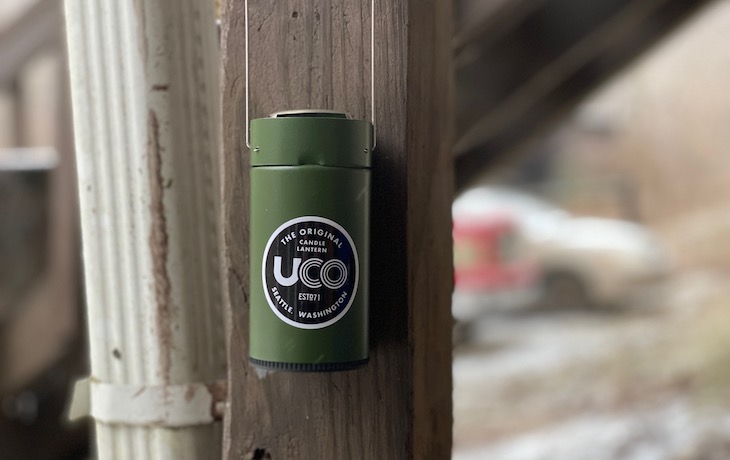
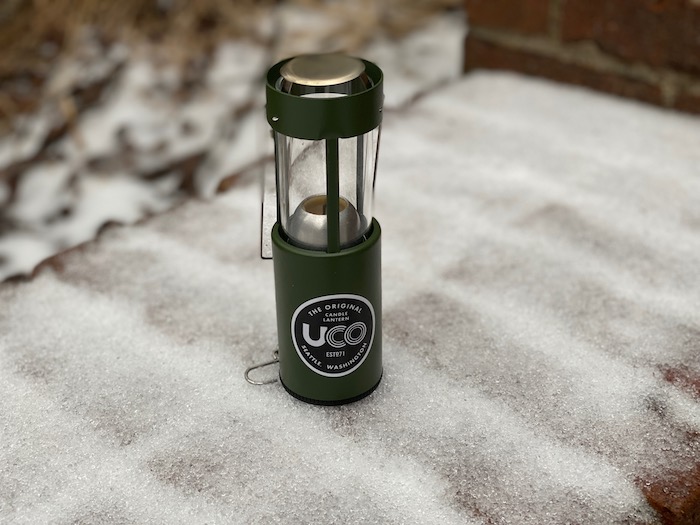
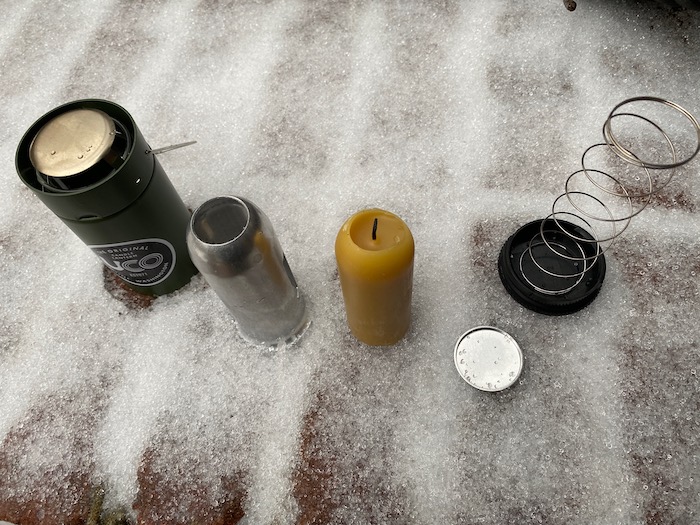
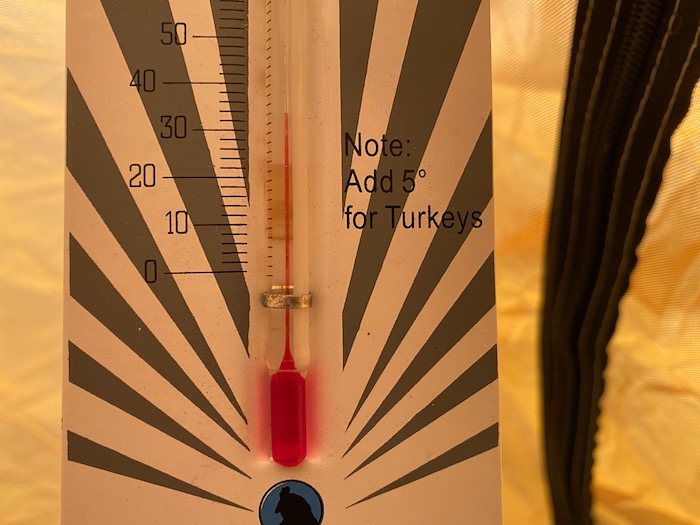
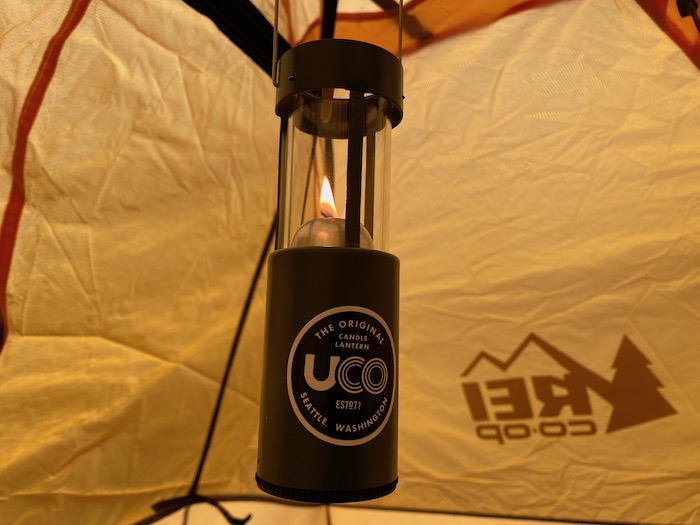
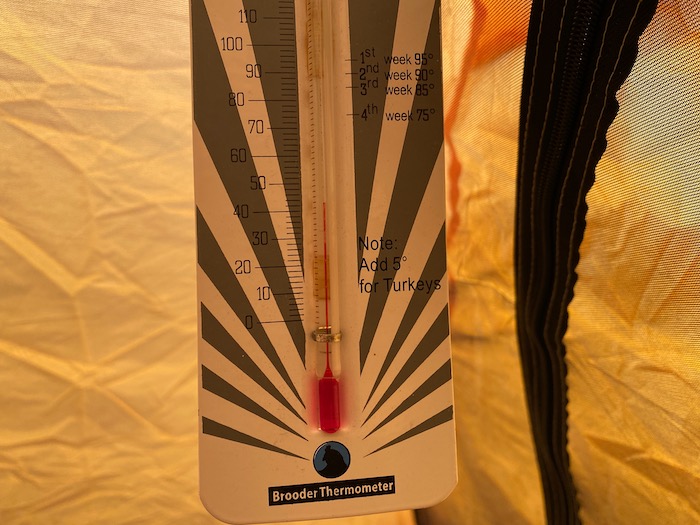
You are reporting the comment """ by on